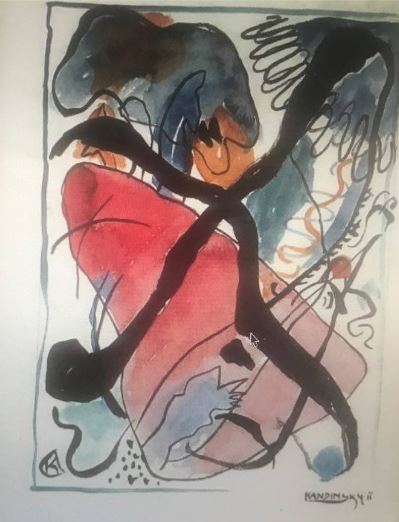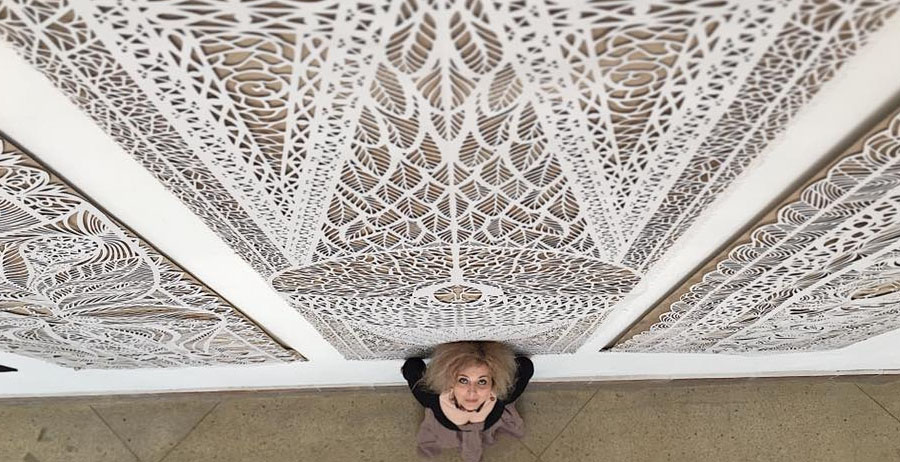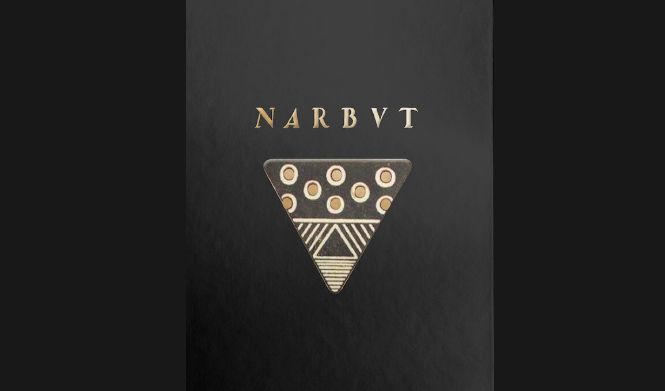

The period 1910 -1914 is considered the peak of Kandinsky's career and many critics refer to this painting as the peak of his artistic achievement in this period. He did more research for this composition than for any other work, although he wrote the final version in just three days.
It is believed that Composition VII refers to the apocalyptic themes of the Flood, the Last Judgment, the Resurrection and Paradise. Kandinsky himself noted that this circling hurricane of colors and shapes is his most difficult work. Source: fb.com/UnknownKandinskiy
 |
 |
Natalie Gryvnyak is a journalist and inspirer of “Kandinsky 360” done by Sensorama virtual reality team





